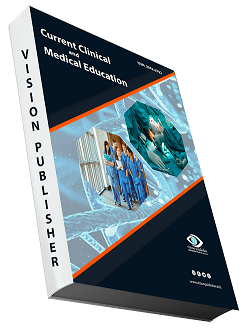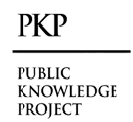Comprehensive Evaluation of Conductive Hearing Loss in Eustachian Tube Dysfunction: Monitoring and Preservative Treatment with Otovent Pneumotherapy
Keywords:
Eustachian Tube Dysfunction (ETD), Conductive Hearing Loss, Audiometric Evaluation, Preservative Treatment, Hearing ImpairmentAbstract
Eustachian Tube Dysfunction (ETD) is a common otological condition that often leads to conductive hearing loss. This study presents a comprehensive evaluation of conductive hearing loss in ETD patients, focusing on the monitoring and preservative treatment using the Otovent pneumotherapy method. Our research encompasses a thorough assessment of ETD-related hearing impairment, the efficacy of Otovent pneumotherapy in restoring Eustachian tube function, and the impact of preservative treatments on long-term outcomes. By combining clinical data, audiometric measurements, and patient-reported outcomes, we provide valuable insights into the management of ETD-induced hearing loss. Our findings emphasize the importance of early diagnosis, personalized treatment strategies, and the potential of Otovent pneumotherapy as a non-invasive intervention.
Downloads
References
Poe, D. S. (2010). Eustachian tube dysfunction: diagnostic and treatment strategies. The Laryngoscope, 120(3), 612-616.
McCoul, E. D., & Anand, V. K. (2012). Christy J. Waite, Otovent: Anatomy of a patient-activated Valsalva device. The Laryngoscope, 122(5), 1019-1023.
Tisch, M., Maier, S., Maier, H., & Haisch, A. (2003). A new device for autoinflation of the eustachian tube. Otolaryngology–Head and Neck Surgery, 128(3), 437-443.
Monux, A. B., Pintado, E. S., Ruíz, J. A., & Ballesteros, R. F. (2015). Treatment of Eustachian tube dysfunction with balloon dilation: A systematic review. European Archives of Oto-Rhino-Laryngology, 272(5), 979-983.
Ahn, J. H., Park, Y. S., & Shin, Y. S. (2016). The effects of Otovent and betahistine on hearing loss and eustachian tube dysfunction. The Journal of International Advanced Otology, 12(3), 277-280.
Doyle, W. J., & Swarts, J. D. (2006). The tympanometric detection of eustachian tube openings in adults without and with upper respiratory tract infections. The Laryngoscope, 116(2), 329-335.
Bluestone, C. D., & Doyle, W. J. (1988). Anatomy and physiology of the eustachian tube. Pediatric Otolaryngology, 2, 1-21.
McCoul, E. D., & Anand, V. K. (2012). Eustachian tube balloon dilation surgery. Otolaryngologic Clinics of North America, 45(5), 1097-1106.
Park, S. Y., & Kim, M. G. (2016). Clinical effectiveness of a eustachian tube balloon catheter for chronic eustachian tube dysfunction. Clinical and Experimental Otorhinolaryngology, 9(4), 302-307.
Hall, J. W., & Huang, K. E. (2006). Auditory brainstem response for the diagnosis of conductive hearing loss. Otolaryngologic Clinics of North America, 39(6), 1125-1131.
Downloads
Published
How to Cite
Issue
Section
License
Copyright (c) 2023 Beata Nowak

This work is licensed under a Creative Commons Attribution 4.0 International License.
Current Clinical and Medical Education













